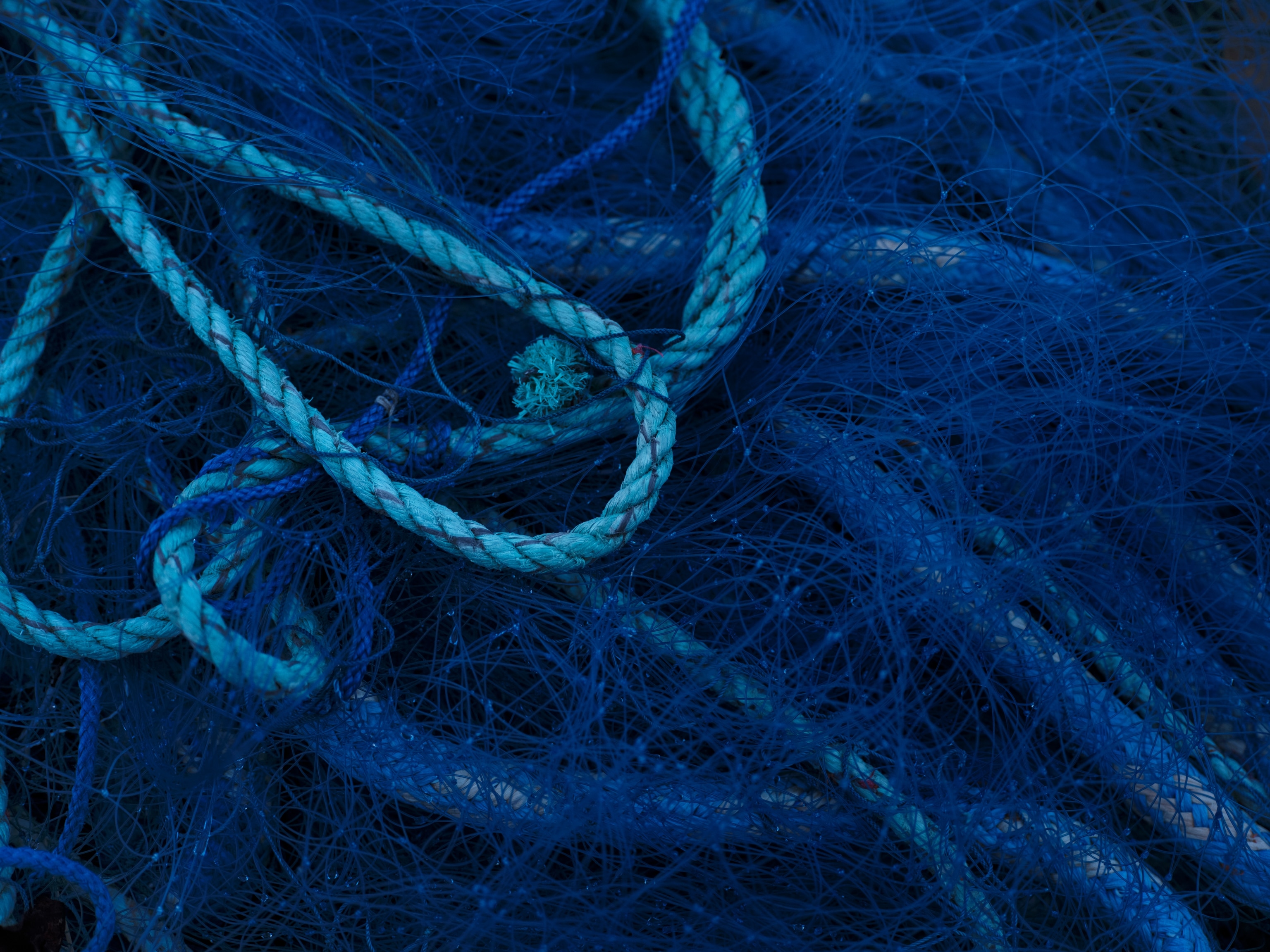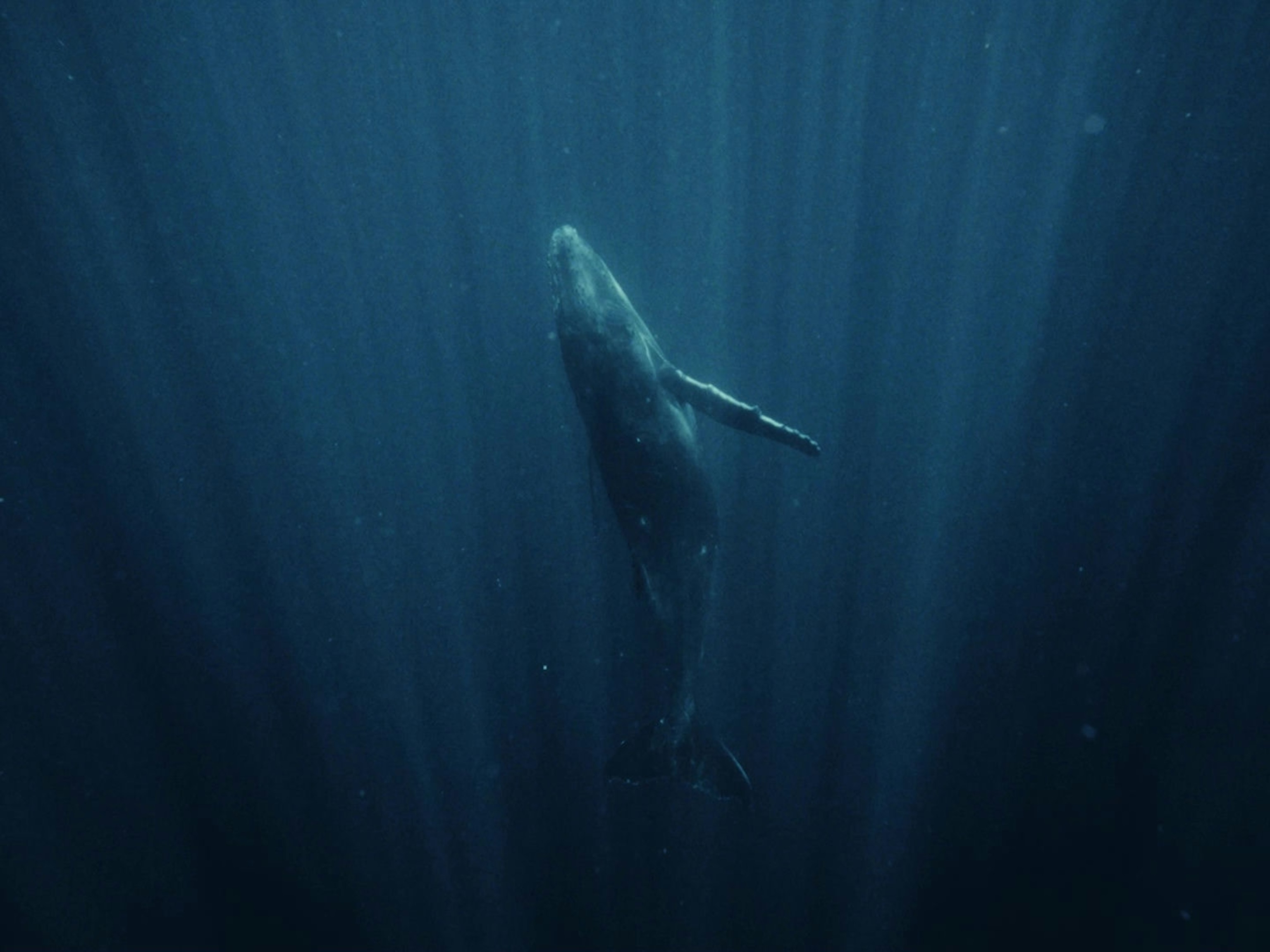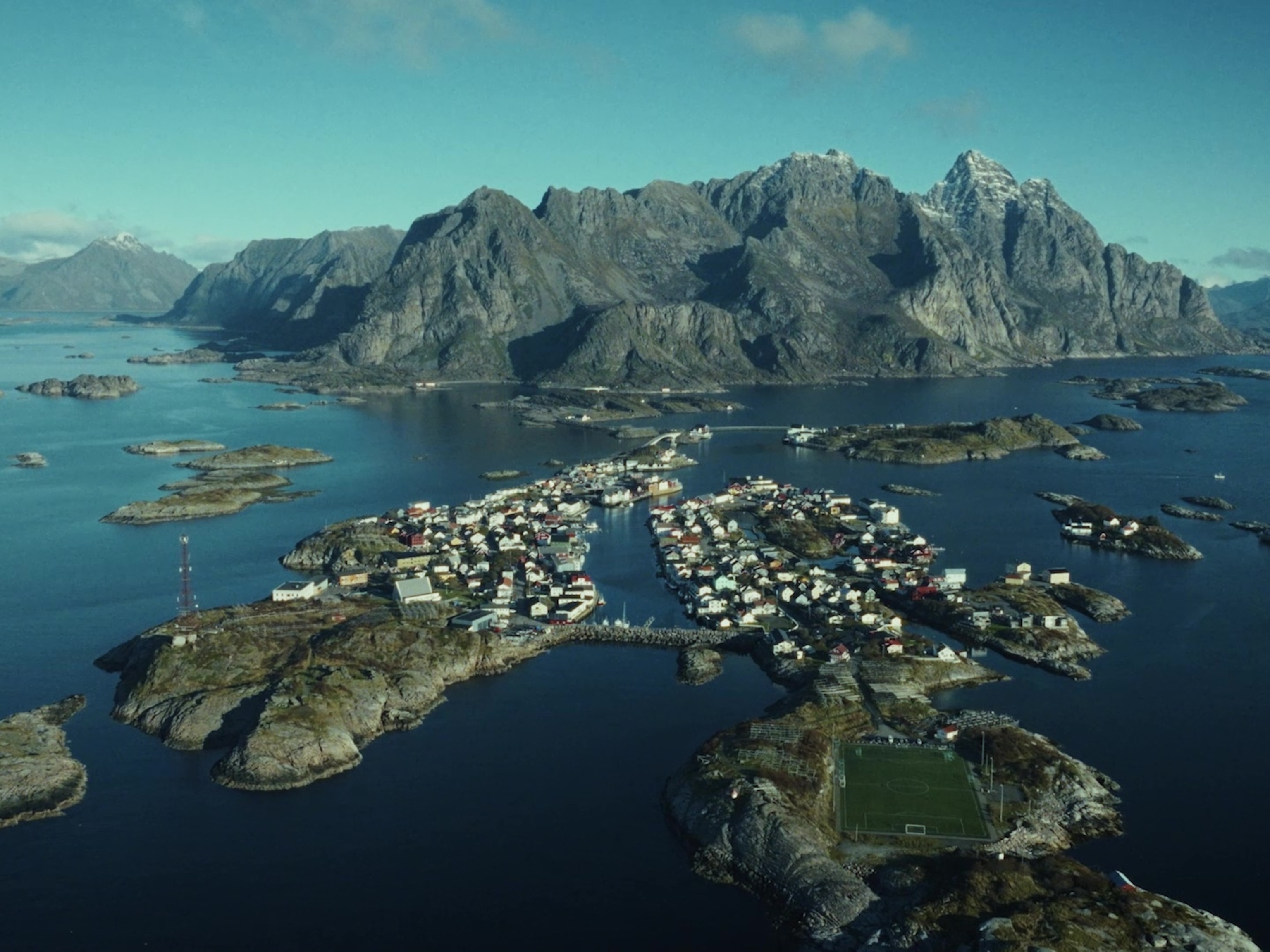Marine engineers: Five species that shape underwater ecosystems
Among the myriad creatures that populate our ocean, some stand out as having an outsized impact on the marine environment—shaping and maintaining habitats that themselves sustain countless other forms of life.
Ecosystem engineers are species whose behaviors help build, modify and maintain an array of underwater worlds. None of these creatures are impacting our ocean like human beings, however. Which is why Prada Group, together with UNESCO-IOC, created the SEA BEYOND educational program—which benefits from 1 percent of the proceeds from the Prada Re-Nylon for SEA BEYOND Collection—that teaches ocean literacy in schools around the world. The hope is to inspire a new generation of ocean custodians to discover creatures like the ones described below. And in understanding them, feel an urgent need to protect them.
Reef-building Corals: master architects
Coral polyps are among the greatest builders on our planet. From the tropics to the Arctic, these tiny creatures spend thousands of years patiently constructing the largest living structures on Earth. Corals are actually microscopic animals that enjoy a symbiotic relationship with tiny algae called zooxanthellae. The corals provide the zooxanthellae with the carbon dioxide and water they need to photosynthesize, while the zooxanthellae supply the building blocks of sugars and proteins the corals need in order to secrete the calcium carbonate that forms the building materials of the vast three dimensional ‘cities’ that account for approximately 1 percent of the ocean floor, yet support approximately 25 percent of all marine species. Coral reefs provide more than just shelter though—they modify the flow of water and influence wave patterns, distributing nutrients and larvae, especially in the tropics. They also provide coastal barriers that protect coasts from storm surges and erosion. Find a human architect or engineer who can do all of that!
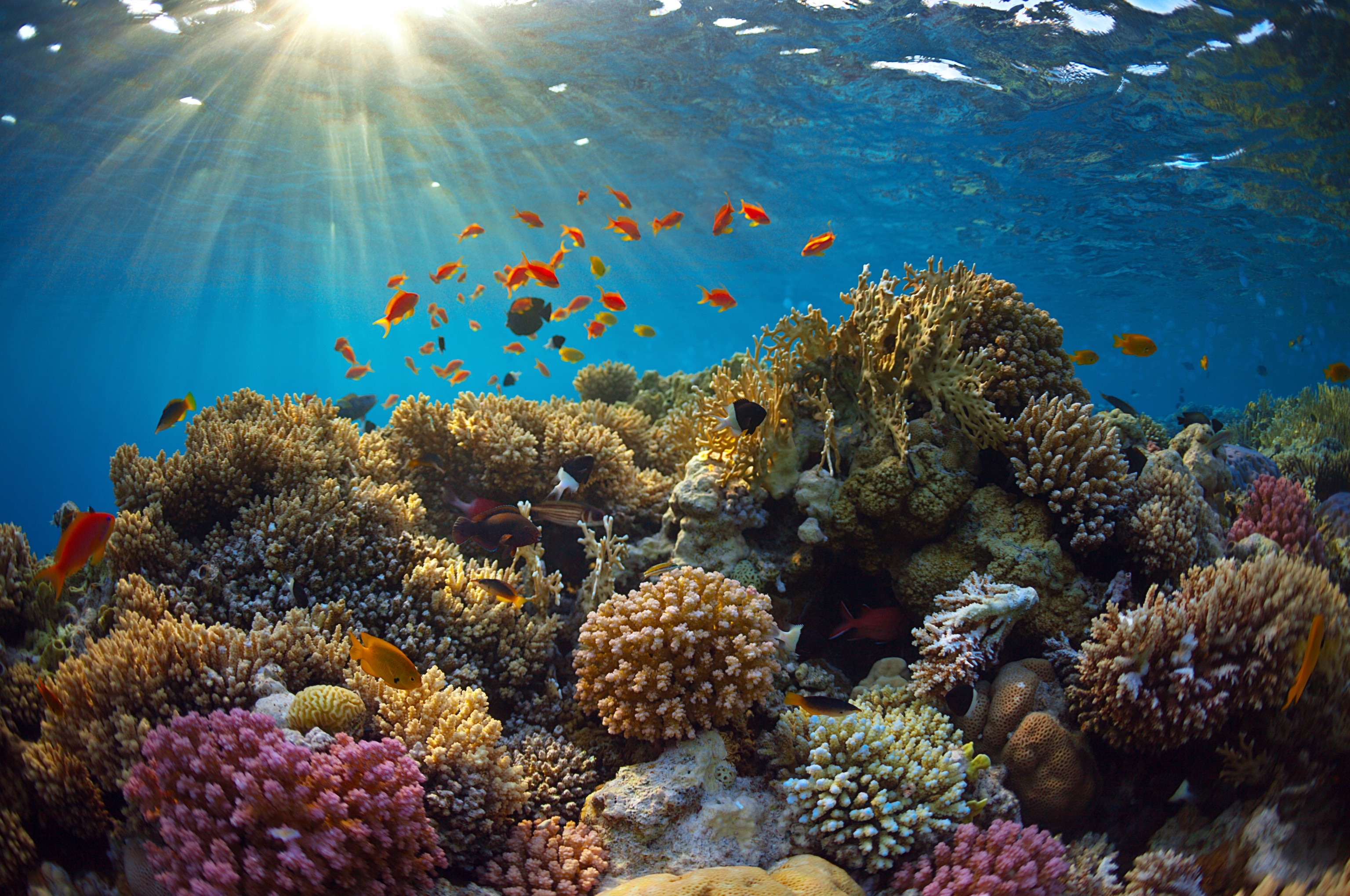
Whale Sharks: nutrient cyclers
Unlike most sharks, whale sharks are filter feeders, a trait they share with that other ocean behemoth, the whale. These gentle giants cycle vast amounts of nutrients through their feeding habits and as such play a crucial role in regulating marine microbes like plankton, as well as chemicals like nitrogen that support all life in the ocean. Whale sharks spend most of their lives migrating vast distances between feeding grounds and in doing so they deposit vital nutrients through their excrement, which in turn fertilizes phytoplankton blooms, helping to regulate the spread of these crucial microorganisms across different biogeographical zones, as well as through the water column. Research shows that whale sharks routinely dive to depths below 3,200 feet (1,000 meters), vertically blending nutrients by feeding on krill in deep waters, before excreting them closer to the surface. This fertilizing activity, which is shared by many cetaceans, is known as the “whale pump,” or in some circles “the poop loop,” and supports the entire web of life in the ocean. Whale sharks also help regulate fish populations by preventing any single species from dominating the ecosystem.

Deep-Sea Mussels: chemosynthetic gardeners
Deep sea mussels are not like the mussels you might enjoy in a white wine, butter, and lemon juice sauce. Unlike their shallow water counterparts, deep sea mussels live and die in the lightless depths of the ocean, between 1,600 feet (500 meters) and close to 10,000 feet (3,000 meters) underwater. Their preferred habitat is in close proximity to hydrothermal vents that spew water laden with chemicals that are toxic to human beings, but provide the mussels with the compounds they need to create energy. Over time, they gather in dense colonies that can cover thousands of square feet of the sea bed, forming complex three-dimensional habitats, not unlike reefs, that provide shelter for a wide variety of deep sea species. The deep-sea bivalves act like a vast filtration system, modifying the chemical composition of the water around the vents so that it is more habitable. Like corals, they are symbiotes, hosting tiny bacteria that assist them with metabolic conversions, as well as protecting them from viruses and other harmful bacteria.
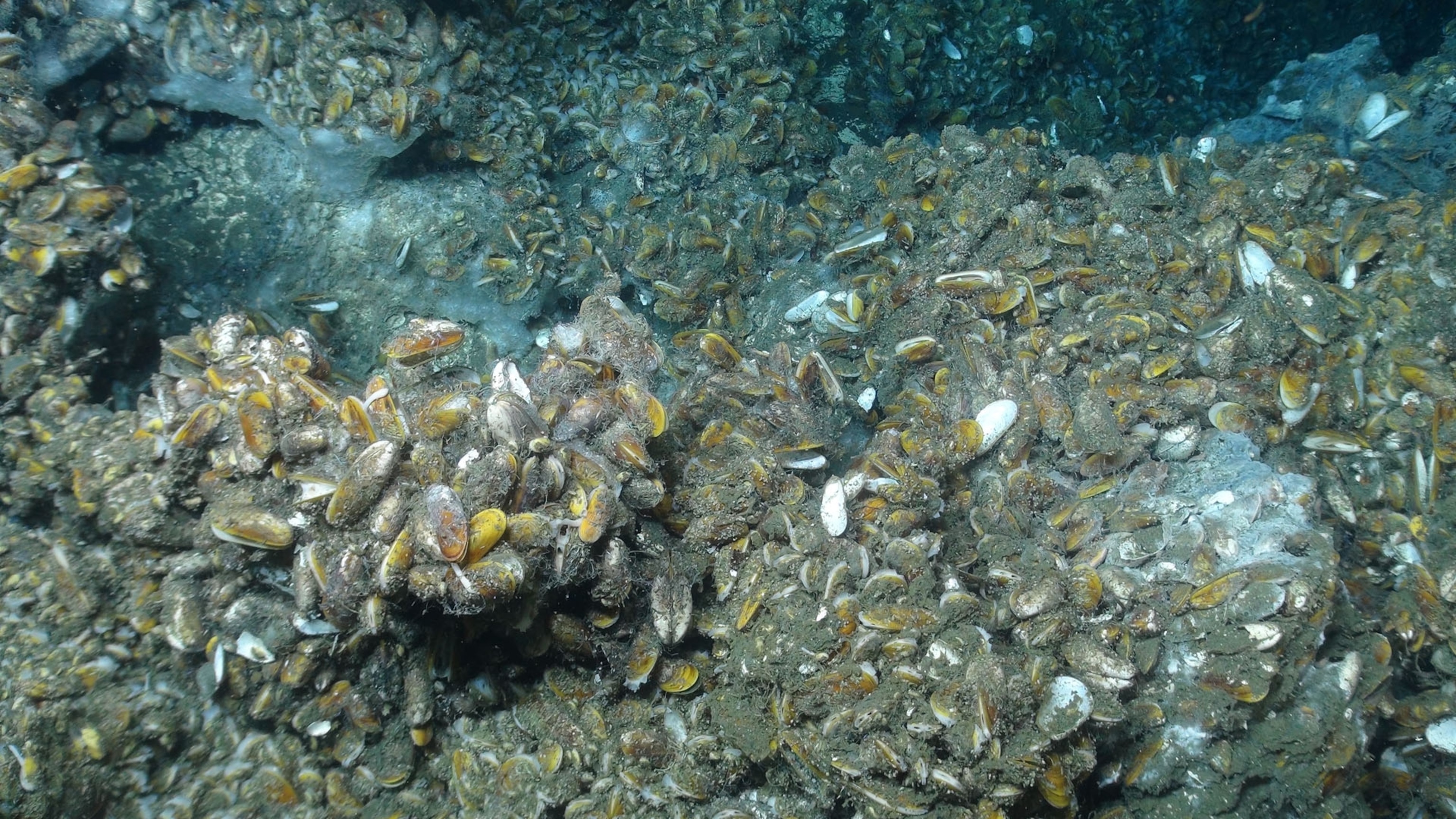
Lugworms: sand shifters
They may lack the charisma of corals, but blow lugworms (Arenicola marina) play a crucial role in shaping both underwater and terrestrial topographies. They are not unlike earthworms, except instead of soil, they process sediment through a combination of burrowing and feeding that is known as bioturbation. These activities form funnels in the sand that facilitate the transfer of oxygen and help prevent sand from clogging. At the same time, the lugworms literally “eat” the sand, extracting tiny microorganisms and organic matter as they ingest it. They then pop their tails just above the surface and excrete the processed sand, creating the distinctive tiny coils that can be seen across beaches all over the world. Yes, these coils are lugworm poops. At the same time, lugworm burrows provide habitats for other species, while the entire intertidal ecosystem is made more habitable thanks to their filtering activities.
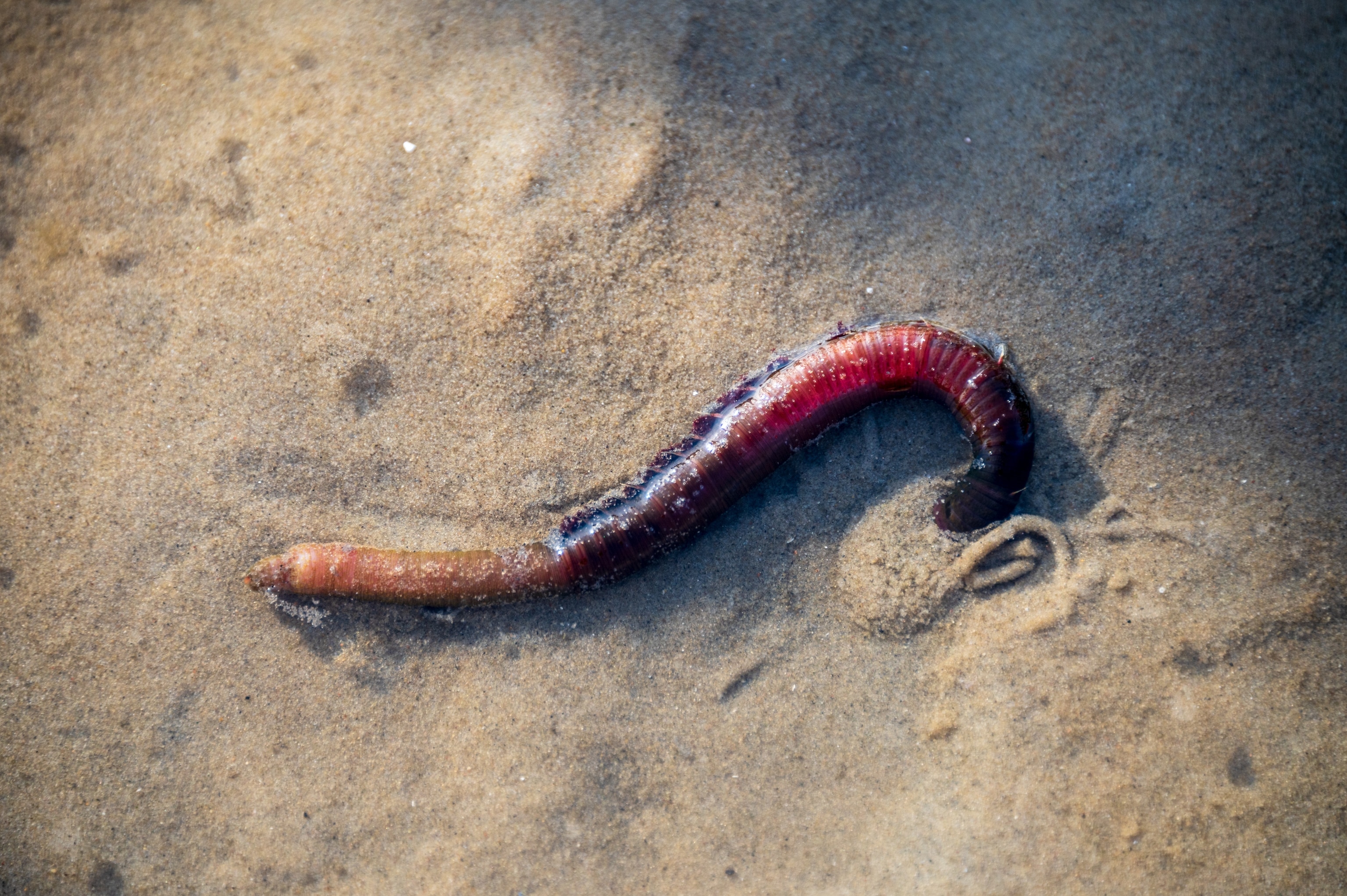
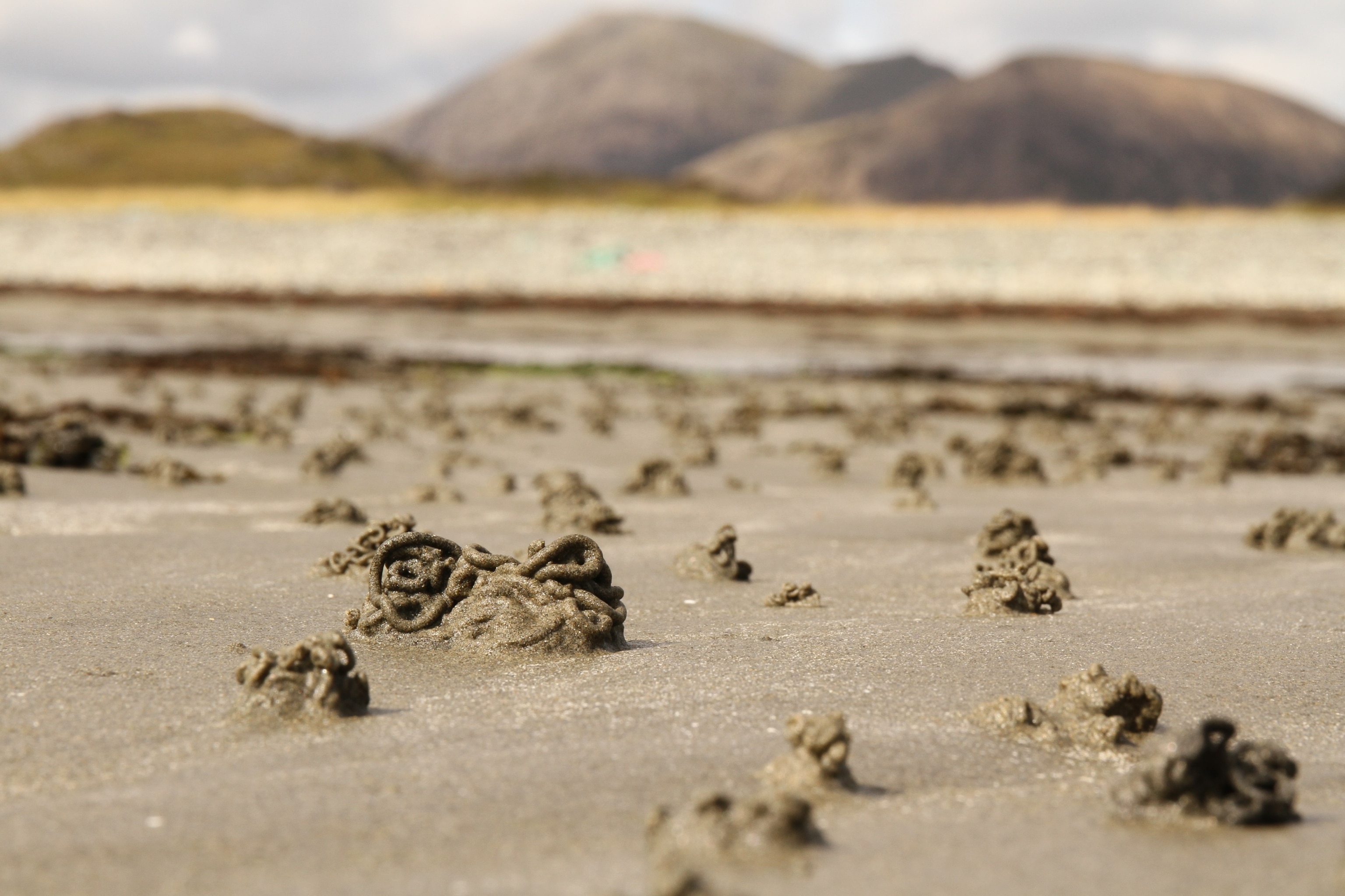
Parrotfish: beach builders
If you’ve ever dived or snorkeled a coral reef, chances are you will have encountered these champions of marine industry. And if you’ve ever set foot on a tropical beach, then you’ve witnessed the outcome of their hard work. Parrotfish—so named for their colorful livery and powerful beaks—are literally able to create beaches. They do so by feeding on the algae that grow inside coral polyps, inadvertently ingesting huge amounts of calcium carbonate in the process. Their digestive systems then convert the coral skeleton into fine white sand. They are voracious eaters and can take 20 bites of coral in a minute—making them prolific excreters, too. It’s estimated that a single parrotfish can generate nearly 2,000 pounds (900 kilograms) of sand in a year. Scientists believe they play a key role in shaping coastal ecosystems around coral reefs, even helping to form coral atolls.
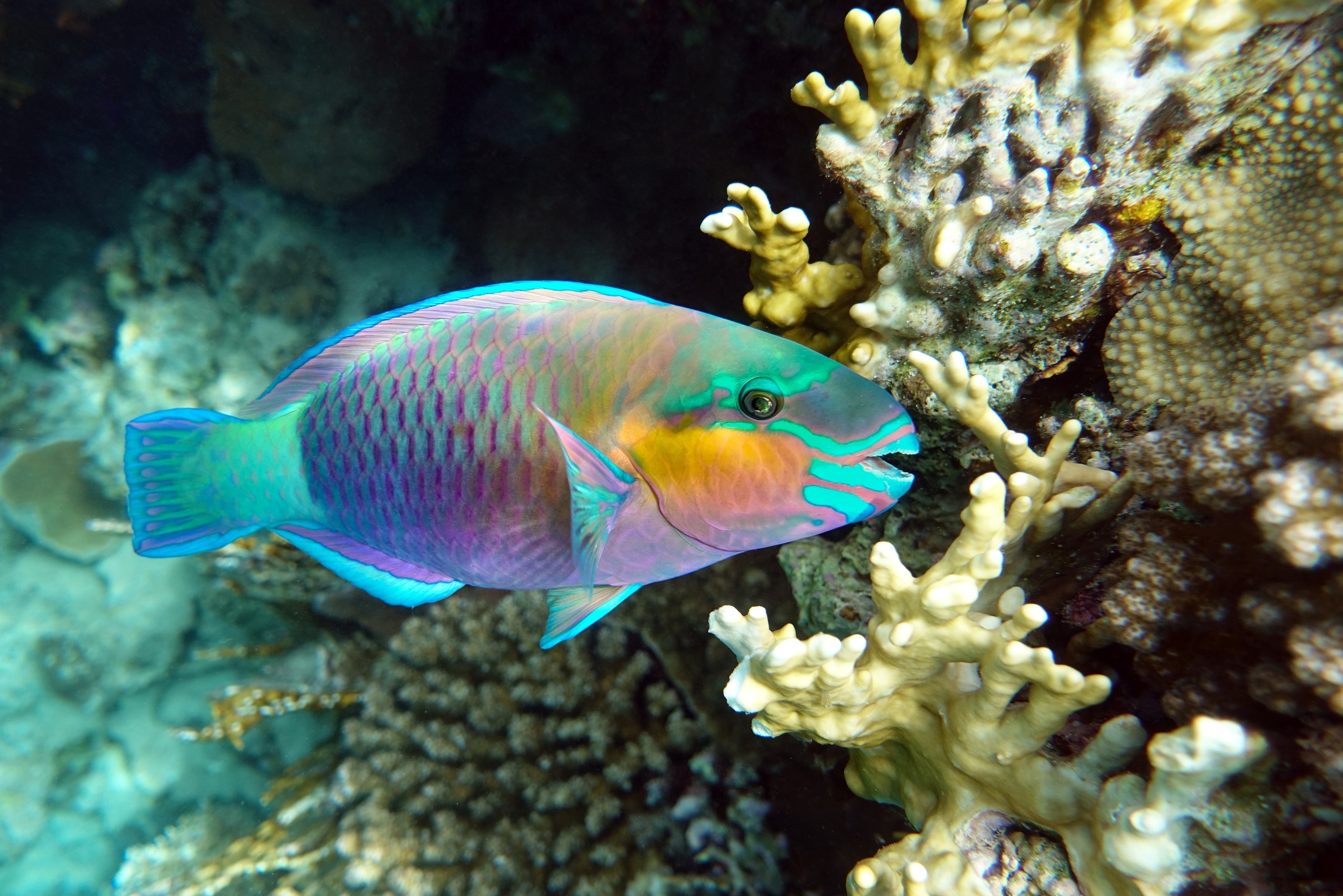
Through SEA BEYOND, Prada Group and UNESCO-IOC have reached almost 35,000 students from 184 schools and 56 countries around the world, investigating the connection between the ocean and climate and related environmental challenges.
Find out more about how understanding our ocean can be the very thing to help save it; and more about Prada Group’s work with UNESCO-IOC here.
